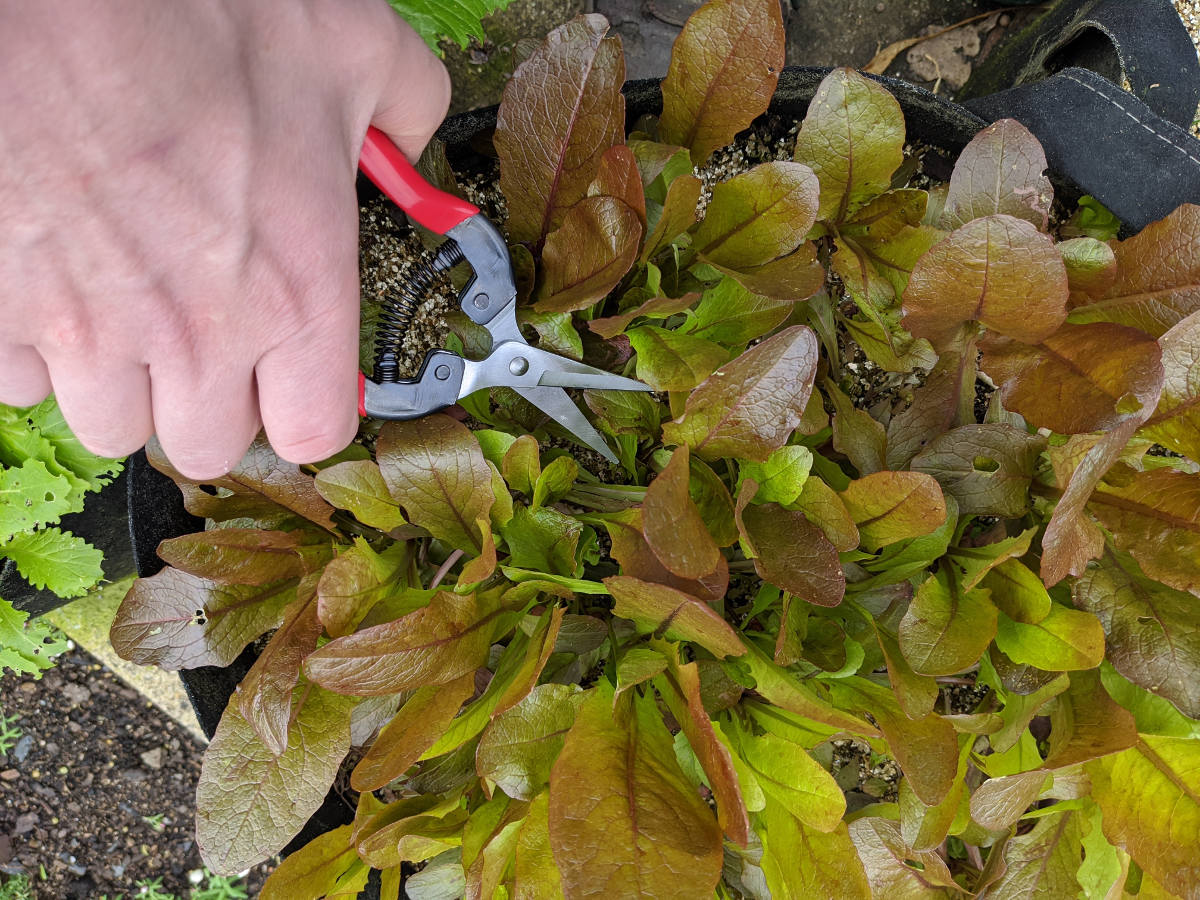
Extracts or essential oils of basil, which provide concentrated amounts of plant compounds, are typically tested instead of whole leaves ( 8).

Today, scientists study potential medicinal benefits of basil. Health Benefitsīasil is not only a popular folk remedy for ailments like nausea and bug bites but also widely utilized in traditional Chinese medicine, Ayurvedic medicine and other holistic medicine systems ( 4, 6, 7). Basil also supplies plant compounds, which contribute aroma, flavor and health benefits. Summaryīecause basil is generally used in small quantities, the only substantial nutrient it provides is vitamin K. That’s why oils derived from basil and other plants are called essential oils ( 4). In addition, these compounds give basil its “essence” - or distinct aroma and flavor. Therefore, neither is a significant source of most nutrients - except vitamin K.īasil also supplies beneficial plant compounds that have antioxidant, anti-inflammatory and other health properties ( 4, 5). Though dried basil is more concentrated in nutrients, you use less in recipes compared to fresh. The main type of basil for supplements and herbal tea is holy basil, which is a related but different species. Sweet basil is most widely used for cooking, but many other varieties - with slightly different flavor profiles - are available.

It is added to some Thai dishes because of its distinct flavor ( 1). The basil commonly used in supplements and herbal tea is holy basil - sometimes called tulsi - which is the O. Works well in salads or tossed with tomatoes and olive oil.
Thinning basil seedlings trial#
In succession, the aim of the main study was to validate the preliminary results in practice and to investigate whether the outlined effects could lead to an increase in stability.Ī greenhouse trial was carried out at producer Gartenbau Schulz, Papenburg, Germany, exposing basil to 1,000 ♞ light stimuli by a white-blue LED during the entire cultivation period (every 10 min for 30 s from 6 am to 8 pm).


Those experiments provided evidence of reduced height and fresh mass of basil plants, as well as thinner stems and wider leaves. In this study, preliminary experiments were carried out in climate chambers regarding the effects of additional light intensities and qualities as well as sun fleck duration on young basil plants ( Ocimum basilicum L.). Due to a lack of light and a morphologically determined top heaviness, the cultivation of potted herbs leads to unstable plants in winter months.įormer studies suggest that plants become more compact with high intensity pulsed light exposure (>1,000 ♞).


 0 kommentar(er)
0 kommentar(er)
